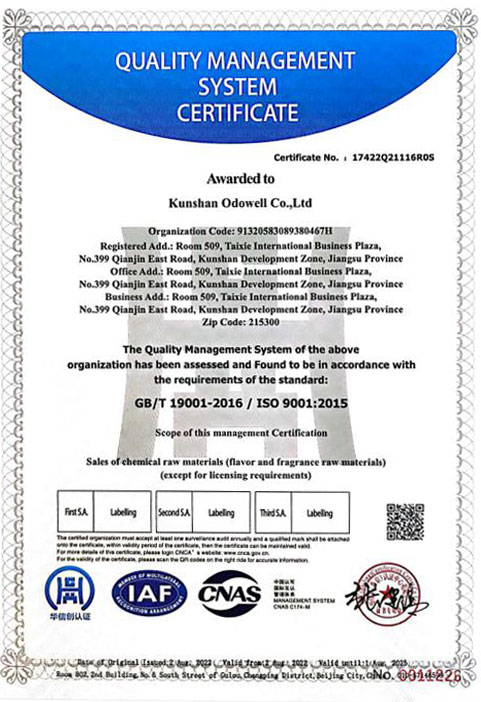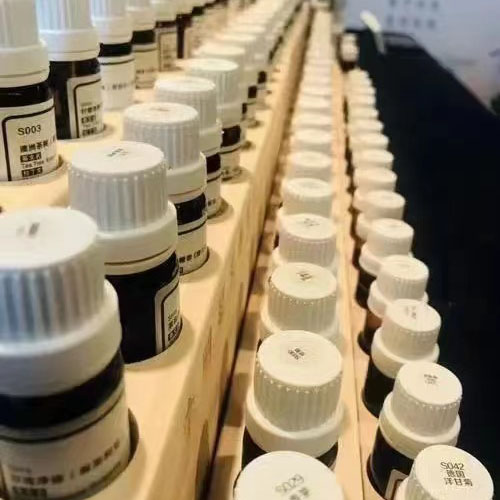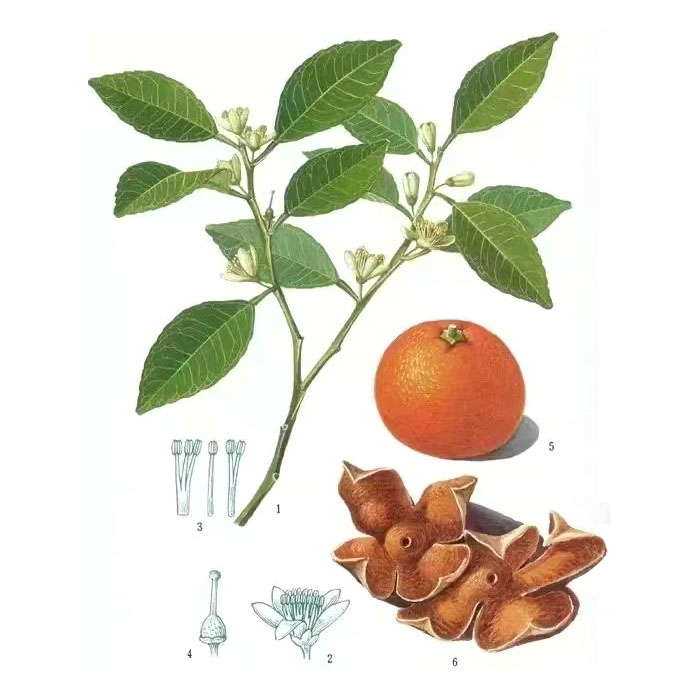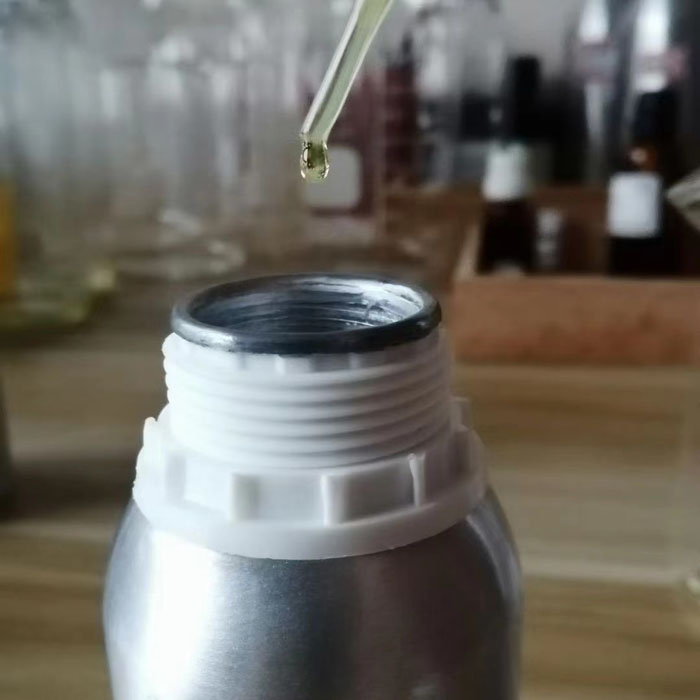- English
- Español
- Português
- русский
- Français
- 日本語
- Deutsch
- tiếng Việt
- Italiano
- Nederlands
- ภาษาไทย
- Polski
- 한국어
- Svenska
- magyar
- Malay
- বাংলা ভাষার
- Dansk
- Suomi
- हिन्दी
- Pilipino
- Türkçe
- Gaeilge
- العربية
- Indonesia
- Norsk
- تمل
- český
- ελληνικά
- український
- Javanese
- فارسی
- தமிழ்
- తెలుగు
- नेपाली
- Burmese
- български
- ລາວ
- Latine
- Қазақша
- Euskal
- Azərbaycan
- Slovenský jazyk
- Македонски
- Lietuvos
- Eesti Keel
- Română
- Slovenski
- मराठी
- Srpski језик
Cinnamic Acid Cas 621-82-9
Odowell is a professional Cinnamic acid Cas 621-82-9 manufacturers and Cinnamic acid Cas 621-82-9 suppliers in China. Odowell is ploughing in Flavors & Fragrances industry since 2012, constantly R&D new raw materials and new technology to fulfill perfumers and flavorists’ growing pursuit of product variety and quality. Our Cinnamic acid cas 621-82-9 have a good price advantage, premium quality with Solid appearance, production capacity of 150 tons per year and popular in European and American markets.
Model:Cas 621-82-9
Send Inquiry
Product Description
Cinnamic acid is an important intermediate in the preparation of its esters, which are used as fragrances, for pharmaceuticals, and for the enzymatic production of l-phenylalanine, the starting material for peptide sweeteners. Sodium cinnamate is a known corrosion inhibitor. Cinnamic acid is also used as a brightener in cyanide-free zinc electroplating baths, a corrosion inhibitor during removal of scale from zinc and in aerosol cans, a low-toxicity heat stabilizer for poly(vinyl chloride) , a cross-linking agent for dimethyl terephthalate – ethylene glycol copolymer and polyurethanes, a fireproofing agent for polycaprolactam, in laundry-resistant polyurethane adhesives for polyester fibers, and for improvement of the storage stability of drying-oil-modified alkyd resin coatings.
Cinnamic acid is an important kind of organic synthetic raw material. It is mainly used for the synthesis of methyl cinnamate, ethyl cinnamate and cinnamic acid benzyl ester. It is widely used in the perfume industry and the pharmaceutical industry. In medicine, it has been ever used as an insect repellent. Cinnamic acid was used as spices for the preparation of cherry, apricot, honey and cinnamon aromas and flavors; it can also be used as the starting material of cinnamic acid ester. The GB2760-1996 of our country provided that cinnamic acid is allowable edible spices; in addition, it can also be used as the raw material of photosensitive resin poly vinyl cinnamic acid series; it can also be used as the raw material for the synthesis of methyl, ethyl and benzyl esters. These esters, being used as fragrances, can be applied to cosmetics and soap, it can also be used as a local anesthetic, hemostatic agents and pharmaceuticals (lactic acid Prenylamine and baclofen, etc.) raw materials; cinnamic acid may also be used as plant growth regulators and raw materials of pesticides; anti-corrosion agents of fruit and vegetables; raw material of ultraviolet agent and photosensitive resin for cosmetic sunscreen. Cinnamic acid may also be used as the standard for organic trace analysis and determination of double bond, determination of uranium and vanadium and thorium separation.
Cinnamic Acid Cas 621-82-9
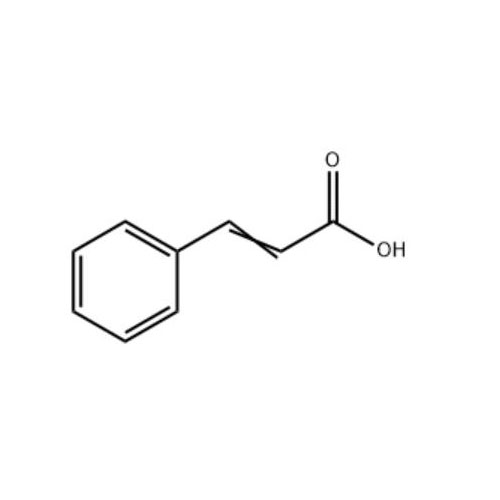
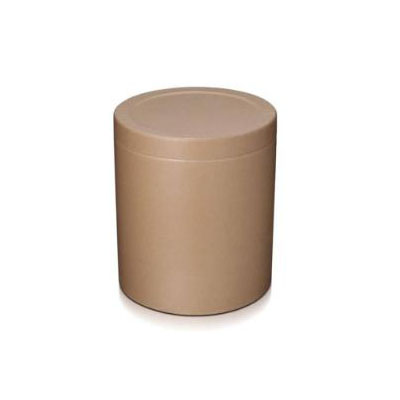

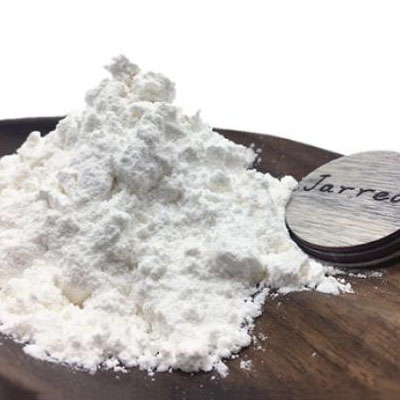
Cinnamic acid, also known benzal acetate, 3-phenyl-2-propenoic acid, belongs to a kind of unsaturated aromatic acid with a slight smell of cinnamon.Cinnamic acid is a white crystalline organic acid, which is slightly soluble in water. Cinnamic acid is almost odorless with a burning taste, and then turning sweet and reminiscent of apricot.
It is obtained from oil of cinnamon, or from balsams such as storax. It is also found in shea butter and is the best indication of its environmental history and post-extraction conditions. It can also be made synthetically.
Cinnamic acid is used in flavors, synthetic indigo, and certain pharmaceuticals, though its primary use is in the manufacturing of the methyl, ethyl, and benzyl esters for the perfume industry. Cinnamic acid has a honey- like odor; it and its more volatile ethyl ester (ethyl cinnamate) are flavor components in the essential oil of cinnamon, in which related cinnamaldehyde is the major constituent. Cinnamic acid is also part of the biosynthetic shikimate and phenyl propanoid pathways. Its biosynthesis is performed by action of the enzyme phenylalanine ammonia - lyase (PAL) on phenylalanine.
Cinnamic acid is freely soluble in benzene, diethyl ether, acetone, and it is insoluble in hexane.
Cinnamic acid is also a kind of self-inhibitor produced by fungal spore to prevent germination.
Premium quality Cinnamic acid with White to Off-White Solid appearance, Odowell Cinnamic acid with high quality in stock and free Sample for testing. Production capacity: 150 Tons annually manufacturing for European countries and American market.
Cinnamic acid (Specification)
|
Product Name |
Cinnamic acid |
|
Synonyms |
AKOS B004228;AKOS 233-01;3-PHENYLACRYLIC ACID;3-PHENYLPROPENOIC ACID;3-STYRYLACRYLIC ACID;RARECHEM BK HC T302;TRANS-3-PHENYLPROPENOIC ACID;TRANS-3-BENZENEPROPENOIC ACID |
|
CAS |
621-82-9 |
|
MF |
C9H8O2 |
|
MW |
148.16 |
|
EINECS |
210-708-3 |
|
Product Categories: |
621-82-9 |
|
Mol File |
621-82-9.mol |
Cinnamic acid Feature And Application
Cinnamic acid exists in cis and trans forms. the more stable isomer is the trans isomer, which occurs naturally and is the usual commercial product. It appears as white monoclinic prisms with slight cinnamon aroma. It is soluble in ethanol, methanol, petroleum ether and chloroform; it is easily soluble in benzene, ether, acetone, acetic acid, carbon disulfide and oils but insoluble in water. It is presented in balsam, cinnamon oil and coca leaf in the form of free or ester form. Owing to the presence of a double bond, cinnamic acid has trans-/ cis-two isomers with the cis form containing an extra three kinds of homogeneous polycrystalline. Both trans-form and cis-form are in the presence of nature. The trans-form exists in the presence of essential oils including storax, cinnamon oil, Peruvian balsam, basil oil and cocoa leaves.
cinnamic acid has sunscreen capabilities. Some manufacturers use it to replace PABA because of its lower allergic and phototoxic reaction incidence. Cinnamic acid is found in cinnamon leaves and cocoa leaves, and is an essential oil of certain mushrooms. It may cause allergic skin rashes. Cinnamic Acid is a flavoring agent that consists of crystalline scales, white in color, with an odor resembling honey and flowers. it is slightly soluble in water, soluble in alcohol, chloroform, acetic acid, acetone, benzene, and most oils, and alkali salts soluble in water. it is obtained by chemical synthesis. it is also termed 3-phenylpro- penoic acid.
Cinnamic acid Details
Cinnamic acid is also produced by Knoevenagel condensation of benzaldehyde with malonic acid in the presence of weakly basic catalysts, such as ammonia and amines. Reflux together 10ml of benzaldehyde with 10gm of malonic acid and 40ml of 8% ethanolic ammonia solution placed in a 100ml round bottom flask fitted with a reflux condensor on water bath till a clear solution is obtained (about 8-10hours). Set the assembly for downward distillation and distill off the excess alcohol. Continue heating the residual oily portion until the evolution of carbon dioxide ceases. Dissolve the residue in 20ml water, cool and add dilute hydrochloric acid till acidic. Collect the precipitated unsaturated acid on buchner funnel,wash with cold water. Recrystallise from hot water and collect crystals of cinnamic acid, m.p 132°C.
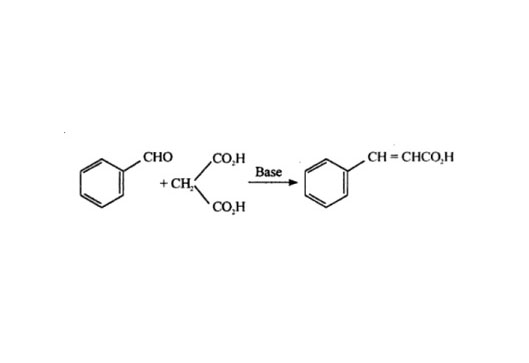
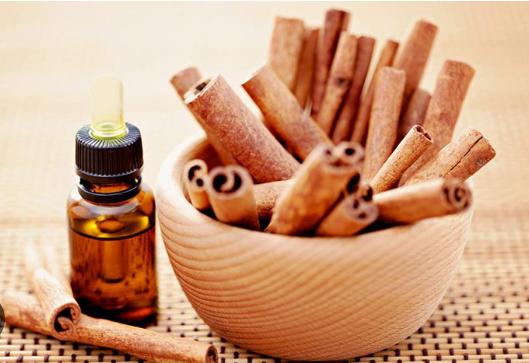
Synthesis of cinnamic acid from benzaldehyde


Chemical Properties
|
Melting point |
133 °C(lit.) |
|
Boiling point |
300 °C(lit.) |
|
density |
1.2475 |
|
refractive index |
1.5049 (estimate) |
|
FEMA |
2288 | CINNAMIC ACID |
|
Fp |
>230 °F |
|
storage temp. |
Sealed in dry,Room Temperature |
|
solubility |
Chloroform (Slightly), Methanol (Slightly) |
|
form |
Solid |
|
pka |
pK (25°) 4.46 |
|
color |
White to Off-White |
|
PH |
3.76(1 mM solution);3.23(10 mM solution);2.72(100 mM solution) |
|
Odor |
at 100.00 %. balsam sweet storax |
|
Odor Type |
balsamic |
|
Water Solubility |
511.2mg/L(25 ºC) |
|
JECFA Number |
657 |
|
Stability: |
Stable. Combustible. Incompatible with strong oxidizing agents. |
|
LogP |
2.13 |
|
CAS DataBase Reference |
621-82-9(CAS DataBase Reference) |
|
NIST Chemistry Reference |
2-Propenoic acid, 3-phenyl-(621-82-9) |
|
EPA Substance Registry System |
Cinnamic acid (621-82-9) |
Safety Information
|
Hazard Codes |
Xi |
|
Risk Statements |
36/37/38 |
|
Safety Statements |
26-36 |
|
WGK Germany |
1 |
|
RTECS |
GD7850000 |
|
Toxicity |
LD50 (g/kg): 3.57 orally in rats; >5.0 dermally in rabbits (Letizia) |
Quality Certificates
Our company meet the highest quality requirements as stipulated in ISO9001.
